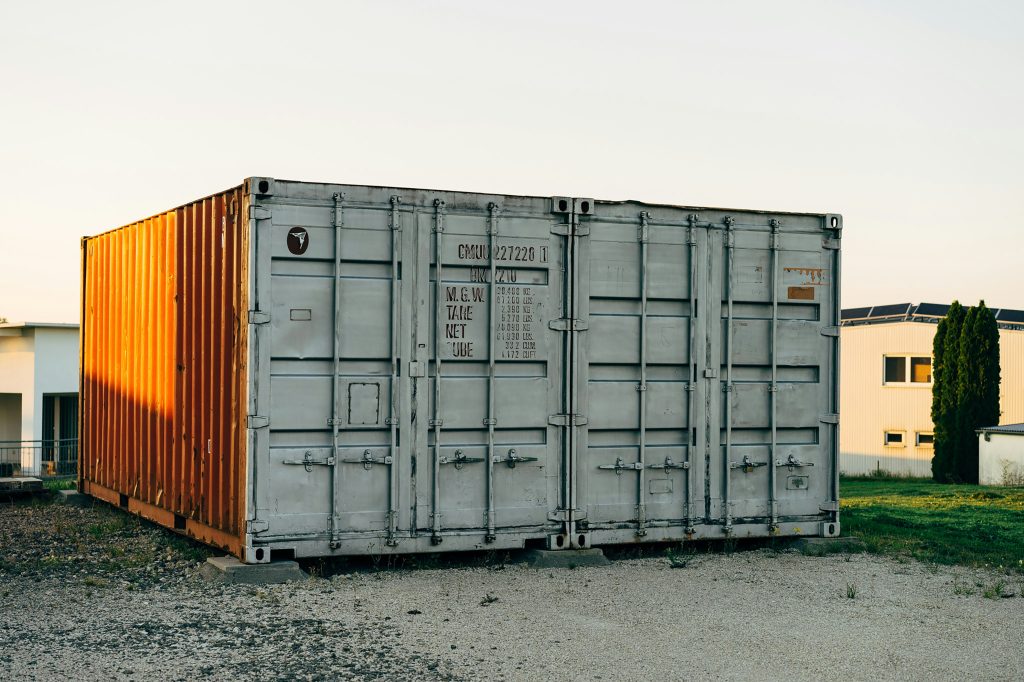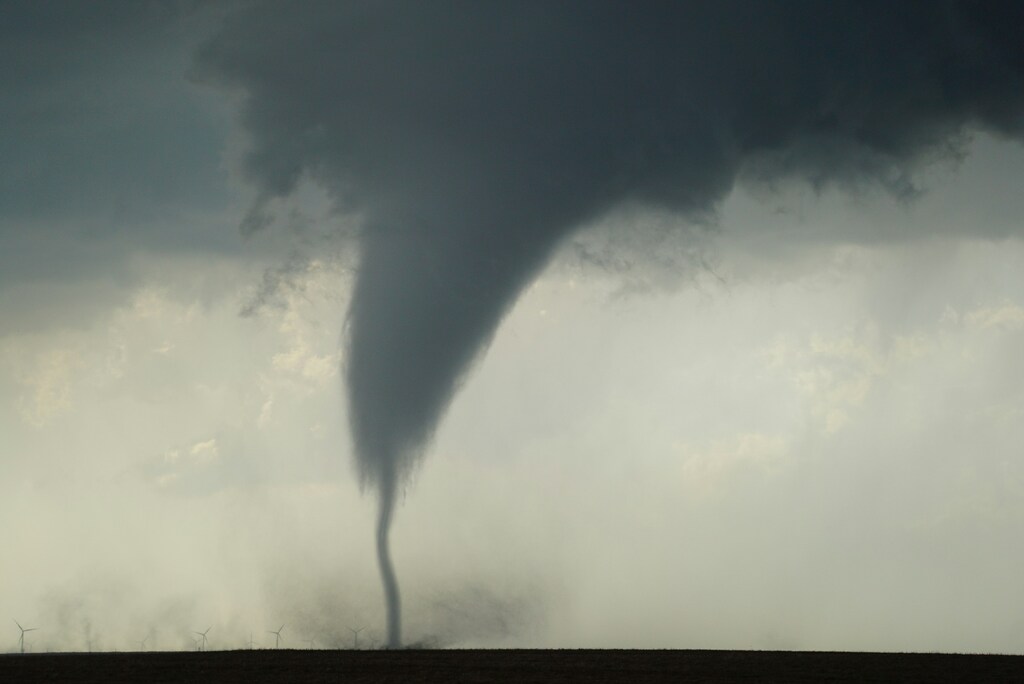Are shipping containers tornado-proof?
Some of you may wonder about that question, especially if you’re about to build a container house in tornado-prone states like Texas, Kansas, and Oklahoma. Tornadoes are extremely dangerous natural disasters.
They are sudden and unpredictable as they can form and touch down with very little warning. The paths can shift quickly and are hard to predict with precision. When a tornado comes, Pieces of wood, metal, or glass can fly through walls, windows, and people and become deadly missiles.
To know the resistance of a shipping container to tornadoes, find out your answer in this article!
Are Shipping Containers Tornado-Proof?
Shipping containers are not fully tornado-proof, but they can survive due to several factors, like their condition, anchoring, and the strength of the tornado. While generally designed to withstand strong winds, a container may be susceptible to damage or even displacement if not properly secured.
A shipping container can withstand winds of 180 mph, stronger than most hurricane-force winds. However, tornado wind speeds can vary greatly, ranging from 65-321 mph, depending on the scale of damage caused. Therefore, there is no guarantee that a shipping container will withstand a tornado, especially a very strong one.
Even if a container doesn’t collapse, it can still experience damage, such as dented or warped walls. While a container can offer some protection, it’s not the safest place to be during a tornado. The safest place to be is in a basement or an interior room without windows on the lowest floor.
Factors Affecting Container Survivability On Tornado

Anchoring
Anchoring is the #1 factor for survivability. Without modifications such as anchoring, shipping containers are not tornado-proof. A properly anchored container is significantly more likely to withstand a tornado’s forces than one that is not. Anchoring can involve using concrete footings or other methods to secure the container to the ground.
Tornado Strength
Stronger tornadoes will exert greater force, potentially causing damage or even displacement of a container. Tornado winds can exceed 200+ mph, which is enough to move or damage even heavy objects. Unless properly secured to the ground, a shipping container can be picked up or rolled by tornado-force winds (especially EF2 and above).
Container Condition
Old, rusted, or structurally weakened containers are much more vulnerable, while the new or one-trip containers have better integrity. Check for weakened welds, rust holes, or dented corners.
Container Contents
An empty container is more likely to shift or be tossed. Meanwhile, a fully loaded container (especially with heavy items like sandbags or concrete blocks) is less likely to move.
Location
A container situated underground or in a sheltered area may offer better protection, while flat, open areas increase wind exposure and risk. Place the container in a low-profile or sheltered area, like behind a berm, trees, or a hill, to reduce direct wind impact.
Modifications and Openings
Cutting windows, doors, or vents weakens structural integrity. Non-reinforced modifications can lead to roof collapse, walls buckling, and doors blowing off
How to Anchor Your Container to Survive a Tornado

Proper anchoring and careful consideration of the tornado’s strength are essential for maximizing their effectiveness. Here are 4 methods that you can choose to anchor your containers to survive tornadoes:
1. Concrete Foundation (Most Reliable Method)
The concrete foundation method is very secure, best long-term stability, and eesists both uplift and sliding. With this method, you only need to build a reinforced concrete slab or piers for the container to sit on using these steps:
- Excavate and pour a reinforced concrete pad or footing (depending on soil and site).
- Use steel embedded anchor plates or J-bolts in the concrete to align with container twist-locks.
- Weld or bolt the container’s corner castings directly to these anchors.
2. Ground Anchors (Alternative for Temporary or Remote Use)
The ground anchors method is an alternative for temporary or remote use. If you can’t pour concrete, use this method, but make sure the anchors are rated for tornado wind loads in your area. Here are the steps to apply the ground anchors:
- Screw ground anchors deep into the soil (at least 3-4’).
- Attach steel cables or tension straps from the anchors to the container corner castings or welded plates.
- Use turnbuckles to tighten and tension everything.
3. Twist-Lock Foundation Anchors
Use container twist-locks mounted to concrete footings or steel plates that bolt to the ground. These lock directly into the container’s built-in corner castings, making it harder for the container to shift or lift
4. Burying the Container (Advanced Option)
Some people partially bury containers to protect them from tornadoes. However, containers are not designed to hold pressure from the outside – they can collapse if buried improperly. Therefore, this method requires retaining walls and drainage systems built by a professional engineer.
Conclusion
From the article above, we can conclude that the answer to the “are shipping containers tornado-proof?” is yes, they are tornadoproofin certain level. With proper anchoring and reinforcement, shipping containers can offer some protection, especially from flying debris or lower-category tornadoes.
If you are looking for shipping containers, check out our products! Standing at the top of the industry, Tradecorp is widely known for its high-quality containers open to so many creative applications. Fill out our quote form, and we’ll guide you in finding the best container for your business goals!

